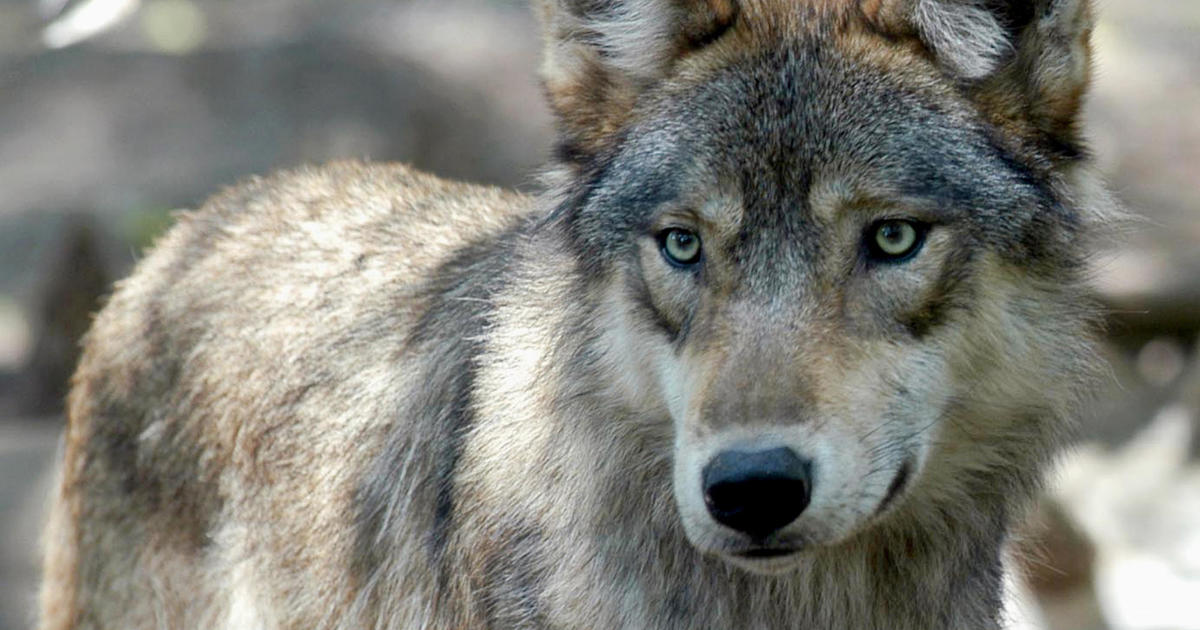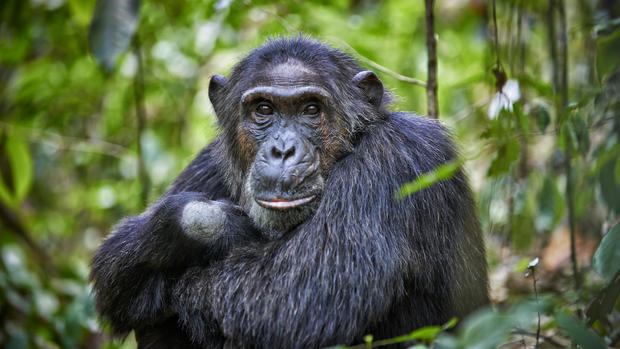Gray wolves were removed from the list of endangered species less than four months ago. But now, activists say their populations, as well as other endangered species in Montana, may be at risk as the state considers a series of bills that aim to expand hunting and trap regulations.
Several bills are being evaluated by lawmakers that would affect wolves and grizzly bears, who historically have struggled to keep populations in the area.
Impacting the wolves, the State Chamber approved two bills, HB 224 and HB 225, which would allow the capture of wolves and extend the hunting season for wolves for another 30 days.
The state Senate passed two bills that have the most direct objective of reducing the wolf population.
SB 314 would establish hunting and capture regulations that would allow all but 15 breeding pairs of wolves to be killed. Under this project, any individual with a single wolf hunting or capture license would be allowed to “harvest” an unlimited number of wolves and would allow individuals to use artificial light and night vision to hunt wolves on private land at night.
SB 267 would establish what the Humane Society amounts to a “reward system”, in which people with hunting licenses can be reimbursed for the money they spent hunting or capturing wolves.
Montana’s wolf populations have long been trapped and hunted. In the late 1930s, settlers poisoned and killed all the wolves in the state, and by the mid-1900s, wolves had been almost completely wiped out in 48 states. It wasn’t until the 1980s that wolves were able to start establishing populations again in northwestern Montana, according to the National Park Service.
It is estimated that there are only 850 wolves in the entire state, according to The Associated Press.
Grizzly bears, which are protected and considered threatened by the Endangered Species Act, are also at risk of being affected by the laws under consideration. While it is illegal to kill a grizzly bear in Montana unless it is killing cattle, SB 98 – which the state Senate has already approved – would allow grizzly bears to be killed if they were “threatening” a person or livestock. The bill also insists that the brown bear population in the state has recovered and “must be removed from the federal list of endangered species”.
Another bill that will be heard at the Montana House Judiciary Committee on Friday seeks a more comprehensive approach to wildlife control in the state. The bill, HB 367, would alter the state’s constitution so that citizens would have primary control over the management of wildlife populations through hunting, fishing and capture.
CBS News sought out major project sponsors for comment.
The Humane Society of the United States has argued that the bills are an “unprecedented attack” on animals in the state and that, if passed, Montana will enter “an open war on wildlife”.
Amanda Wight, manager of the Humane Society’s wildlife protection program, said in a statement that the “number and extent” of the accounts are an attempt to “usurp biologists … and declare war on wolves, bears and sound science.”
“If that happens, we will be talking about a massacre of wild animals, danger to ecosystems and a marked loss to the economy of mass tourism and local jobs,” said Wright. “This attack serves as a stark reminder of the horrors that wolves in the rest of the country may face now that their federal protection under the Endangered Species Act has been removed.”
Kitty Block, president and CEO of the Humane Society, said in a Feb. 19 blog post that these projects “are cruel and completely unnecessary and benefit no one but a handful of trophy hunters and hunters.”
“Wolves, bears and other wildlife targeted by these accounts are far more valuable to Montana alive than dead because they bring in valuable tourist revenue,” said Block. “They are loved by many Montana residents and most Americans who migrate to Montana to see these animals in the jungle.”

